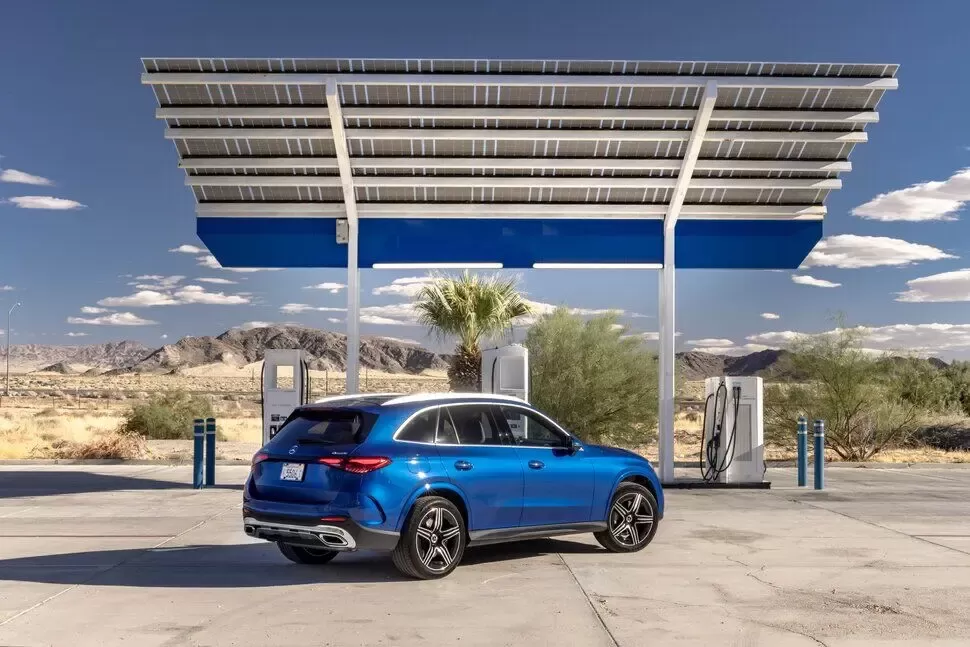Notifications

7 minutes, 15 seconds
-5 Views 0 Comments 0 Likes 0 Reviews

As a professional EV charger manufacturer in China, Topper Company provides dependable electric vehicle charging stations and comprehensive solutions.
As electric vehicles (EVs) become increasingly mainstream, drivers are eager to charge their vehicles more efficiently. Whether preparing for a long trip, managing daily commutes, or simply aiming to reduce downtime, faster charging can be a game-changer.
Optimizing EV charging means understanding both your vehicle’s capabilities and the available charging infrastructure. Charging efficiently is not just about plugging in; it involves matching your EV’s maximum charging rate with the appropriate charger, managing battery conditions, and possibly upgrading your home charging setup.
This guide covers practical strategies to reduce EV charging time, explains different charging levels, and discusses how environmental and vehicle factors influence charging speeds.
Charging an EV can be done at three primary levels, each with different speeds and applications:
Level 1 Charging (120V Standard Outlet)
Charging Time: 20–40 hours for a full charge
Typical Usage: Overnight charging for plug-in hybrids or emergencies
Range Added Per Hour: Approximately 6–8 km (4–5 miles)
Best For: Occasional use or when no other chargers are available
Level 1 charging uses a standard household outlet and is the slowest method, suitable mostly for emergency or occasional use.
Level 2 Charging (240V Outlet)
Charging Time: 4–10 hours depending on vehicle and battery size
Range Added Per Hour: Up to 32 km (20 miles)
Best For: Daily charging at home or workplace
Level 2 chargers provide significantly faster charging and are commonly installed in homes, offices, and public places, making them ideal for regular use.
Level 3 Charging (DC Fast Charging)
Charging Time: 20–60 minutes to 80% battery capacity
Power Output: Typically 50kW, 150kW, or up to 350kW
Best For: Long-distance travel or quick top-ups
DC fast chargers offer the fastest charging speeds but may not be supported at maximum capacity by all EVs. Frequent use may accelerate battery wear.
Faster chargers don’t always mean faster charging. Your EV’s maximum charging rate determines how quickly it can accept power.
For example, if your car’s maximum charging rate is 50kW, using a 150kW or 350kW charger won’t increase charging speed beyond 50kW. Always check your vehicle’s specifications to understand its limits.
Most EVs come with a Level 1 charging cable that plugs into a standard outlet, but this method is slow and can take over 12 hours for a full charge.
Why Upgrade to Level 2?
Faster Charging: Up to 5 times quicker than Level 1
Convenience: Charge overnight or during off-peak hours
Cost-Efficiency: Save on public charging fees and benefit from lower electricity rates
A Level 2 charger typically requires a dedicated 240V outlet, similar to those used by large appliances. While installation is a one-time investment, the speed and convenience benefits are significant.
Battery temperature greatly affects charging efficiency. Cold or hot batteries can slow down charging speeds.
Tips for Cold Weather:
Use scheduled departure or climate control features to warm the battery before charging
Start with Level 1 or 2 charging to preheat the battery before switching to DC fast charging
Utilize navigation preconditioning available in some EVs, which warms or cools the battery en route to a charger
Proper battery temperature management is especially important for high-power DC fast charging.
Charging speed is fastest between 20% and 80% SOC. Charging beyond 80% slows down considerably to protect battery health.
Best Practices:
Avoid charging to 100% unless preparing for long trips
Aim to maintain charge between 20% and 80% for daily driving
Use your car’s app or dashboard to monitor SOC
External temperatures also impact charging:
Cold Weather: Slows chemical reactions and can reduce charging speeds by 30–50%
Hot Weather: Activates cooling systems that may limit charging speed to protect the battery
Recommendations:
Park indoors or in shaded areas when possible
Charge after driving when the battery is warmer
Use scheduled charging to align with favorable ambient temperatures
EV charging apps (e.g., PlugShare, ChargePoint, Electrify America, EVgo) provide real-time information on:
Charger availability
Charging speeds (kW ratings)
Connector types (CCS, CHAdeMO, Tesla Supercharger)
Pricing details
These tools help you plan charging stops efficiently, ensuring you use chargers compatible with your EV’s capabilities.
Avoid last-minute charging by incorporating regular charging habits:
At Home: Plug in every night using a Level 2 charger
At Work: Utilize workplace chargers during the day
On the Go: Combine charging with other errands to minimize downtime
Routine charging preserves battery health and maximizes convenience.
While fast chargers are convenient, frequent use can:
Increase charging costs
Accelerate battery degradation
Manufacturers recommend regular use of Level 2 charging and reserving DC fast charging for trips or emergencies.
Faster EV charging is about understanding the whole system—your vehicle’s hardware, battery condition, environment, and charging infrastructure. By upgrading your home charger, managing battery temperature, scheduling smart charging, and leveraging apps, you can reduce charging times and enjoy your EV to the fullest.Know more about Google SEO Directory

